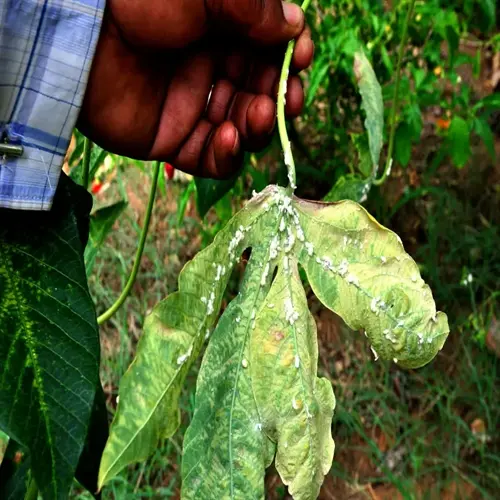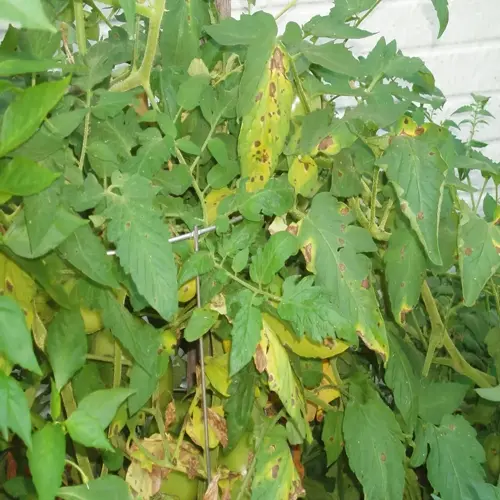Is overwatering the only cause of root rot?

Written by
Nguyen Minh
Reviewed by
Prof. Samuel Fitzgerald, Ph.D.Overwatering is a leading cause of root rot; however, root rot has multiple causes. Poor drainage can create waterlogged soil, even if you're careful in your watering. Fungus gnats spread soil-borne pathogens. Tools contaminated with pathogens can spread infections. Soil with poor compaction will act like a sponge, trapping moisture right around the root zone.
Soil Composition Issues
- Compact heavy soils suffocate roots by limiting oxygen flow. Organic matter like peat moss retains excessive moisture. I avoid pure garden soil using perlite amendments instead. This creates air pockets preventing anaerobic conditions where fungi thrive.
Pathogen Transmission
- Contaminated tools spread Pythium and Phytophthora fungi between plants. Fungus gnat larvae create wounds for infection. I sterilize pruners with alcohol after each use. Quarantining new plants stops introducing diseases to your collection.
Environmental Factors
- High humidity slows soil evaporation while low light reduces plant water uptake. Cool temperatures below 60°F (15°C) stress roots. I use fans and dehumidifiers in enclosed spaces to maintain ideal growing conditions.
Determining the root cause of the problem will require considering all variables. Check drainage holes for any clogging and assess the soil density. Be observant for fungus gnat adults flying about the plants. I also keep a gardening journal, noting environmental changes and plant changes.
To promote prevention, you must address all risk factors, not just water. Always use pots with drainage holes and elevate them as necessary. Use with fresh, airy soil mixes, preferably one with 30% inorganic material. I always inspect roots at seasonal repotting, even if plants are growing well.
Treatment differs depending on the causes. Drainage problems will need soil amendments, and pest issues will require biological controls. Pathogen infections will necessitate sterilization and the application of fungicides. The protocol that I follow begins with identifying the key trigger before any intervention is carried out.
Healthy plants are resistant to root rot because of proper care. Keep plant temperatures around 70 degrees Fahrenheit with moderate humidity. Provide bright indirect light for 6-8 hours a day. I have kept plants rot-free for many years using this comprehensive method, except for managing the water.
Read the full article: How to Treat Root Rot: A Complete Guide

